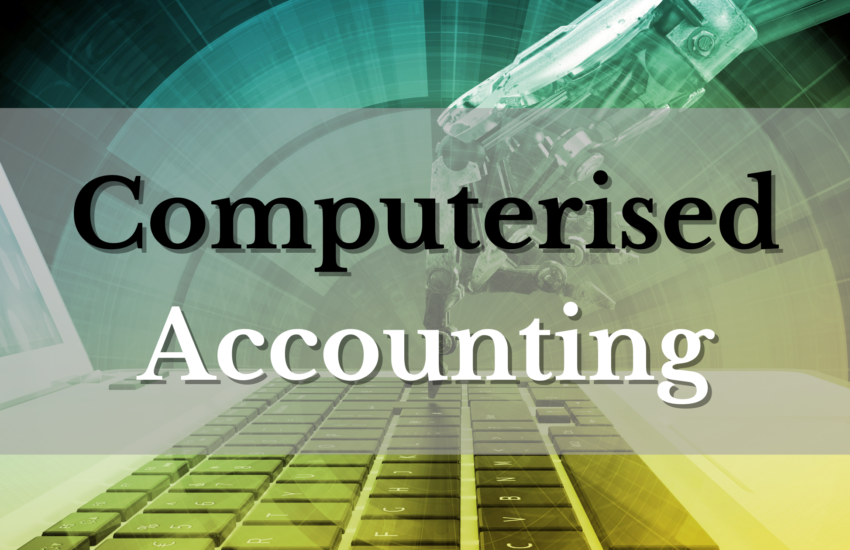A computerised accounting system is an accounting information system that processes financial transactions and events as per Generally Accepted Accounting Principles (GAAP) to produce reports as per user requirements.
The features of computerised accounting software are:
- It facilitates the storage of accounting data and online input
- It instantly produces different reports
- It helps to group different account
The following are some principal advantages of computerised accounting:
- Fast: Accounting, in general, is a tedious job. However, with the advent of accounting software, it is no longer characterised as time-consuming.
- Accurate and Reliable: The probability of computation error is less in computerised accounting as unlike in manual accounting, the bulk of data needs to be entered only once for subsequent accounting-related actions.
- Secured: Compared to physical accounting copies like ledgers and journals, transactions-related information remains safer in computers with the advantage to retrieve them anytime and anywhere
- Scalable: Unlike manual accounting, computerised accounting can handle large-scale transactions. The only thing that is required is some additional operators.
- Enables standardisation: Computerised accounting generates accurate, neat and uniform data. It prevents the chaos and monotony of recurring jobs. All these factors contribute to a standardisation of the accounting process.
- Automation: The primary reason why computerised accounting has become so popular is that it comprises a user-defined accounting format that enables the automatic generation of financial documents with just a few clicks.
The following are some significant disadvantages of computerised accounting.
- High cost: Computerised accounting requires sophisticated hardware and accounting software. Besides that, it requires tech-savvy personnel. All these factors raise the overall expenditure of the concerned organisation substantially.
- Personnel Opposition: When everything is automated, organisations consider it prudent to do away with redundant employees. This kind of mentality generates fear and distress among existing employees who tend to oppose such steps of automation.
- System failure: The probability of a system crash due to software corruption or hardware failures is one of the most prominent limitations of computerised accounting.
- Security breaches: There is no dearth of hackers in today’s digital world. Therefore, a breach of security and information leak is considered an essential limitation of computerised accounting.
- Incompetence to check unexpected errors: Computers can anticipate and amend only those mistakes that have been defined by the accounting format of the user. It cannot detect random mistakes.
Modern computerised accounting systems are based on the concept of a database. A database is implemented using a database management system, which is defined by a set of computer programmes (or software) that manage and organise data effectively and provide access to the stored data by the application programmes. The accounting database is well-organised with an active interface that uses accounting application programs and reporting systems.

